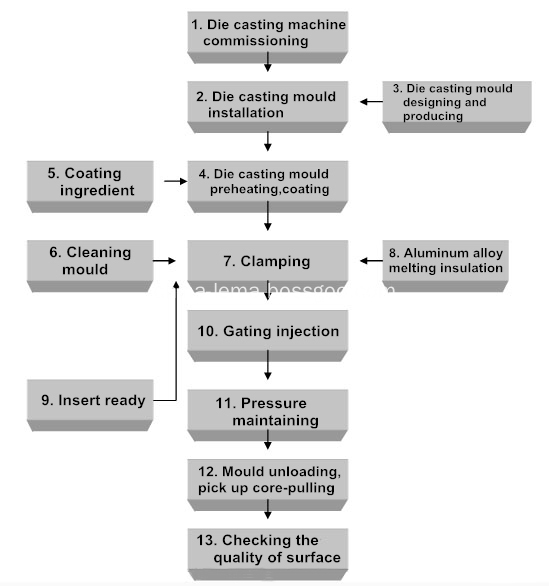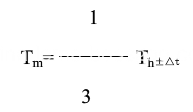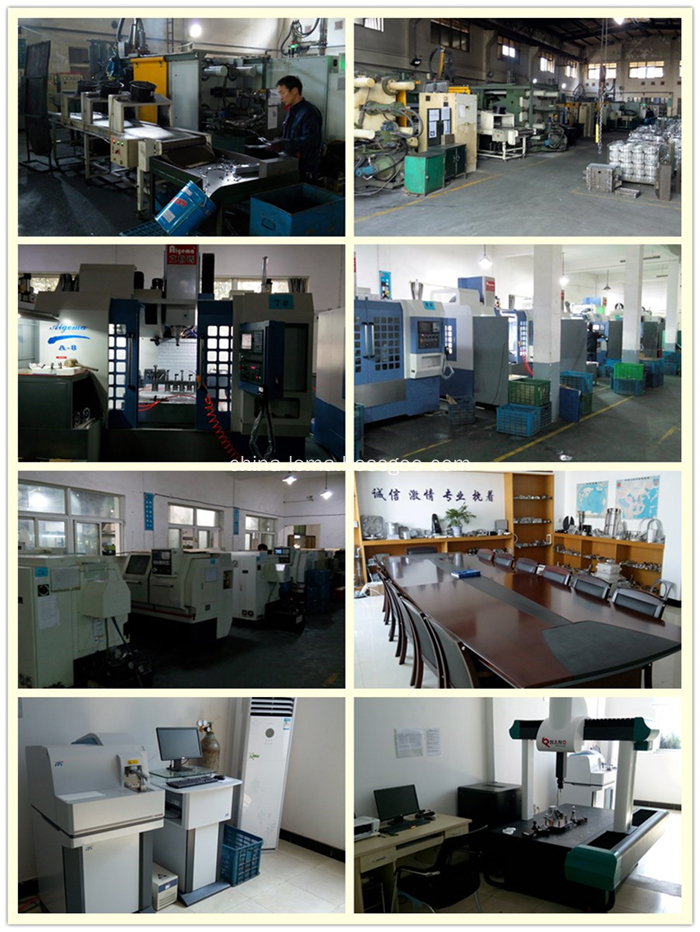The Internet of Things may change the way we live and work in the family, but it also has a big impact on how the military conducts war.
The U.S. military is the world’s largest spender on defense budgets and has begun using the latest networking technology to help soldiers fight against other military professionals.
In particular, the U.S. military attaches great importance to data and is gathering information from a range of different platforms, including aircraft, weapons systems, ground vehicles, and troops.
Data war
Once this information is collected, it is sent to intelligence and reconnaissance agencies that can determine the most critical data needed for the mission.
The military is working with several companies to help them integrate and use IoT solutions in their daily operations. For example, Lockheed Martin is using machine learning to help automate decisions.
The company stated that this method can help the military collect intelligence and identify key threats faster and more accurately.
Internet of Things System
Many people believe that the armed forces around the world are moving toward a more integrated approach to warfare, and the United States military is no exception.
Although collecting data from different sources has brought new possibilities, the military realized that it might be more rewarding to combine the Internet of Things. This is a typical case of how the network does this.The U.S. military has deployed a 48,000-mile secure communications network for missile defense and coordinated operations.
This combat network forms a central hub for the Army's ballistic missile defense system and can be used to defend against threats from all over the world.
Command and Control Director JD Hammond explained how this technology works: "The C2BMC (Command and Control Battle Management and Communications) is the nerve of the ballistic missile defense system."
"It takes data from hundreds of sensors, radars and satellites and translates this data into a common language for missile defense systems to interact and respond to threats."
Danger
Of course, although the use of IoT technology in the military environment may bring benefits, there are also great risks. Hackers are one of the biggest threats.
If attacked by hackers, cybercriminals working for the enemy can obtain strategic information such as soldiers and physical locations.
Hammond added: "The benefits of the Internet of Things make it attractive to the military, which also makes the technology architecture vulnerable to malicious network attacks."
"The challenge we face is how to ensure that adoption of the Internet of Things does not create opportunities to manipulate devices or networks, steal security information, or disrupt data transmission."
Hacker threat
Radware’s European, Middle Eastern and African regional security commissioner Carl Gines considered that the risk of hackers starting to destroy the military system in order to extort ransoms is real.
He said: "One of our predictions for the coming year is that network blackmailers will extend their reach beyond the company and the military will most likely find itself the target of the ransom attack."
"For a long time, the military has been highly dependent on high-tech technology, but their purchasing patterns are very conservative and generally not purchased externally. However, in a world of commodities and technologies Cots, commodities can be freely purchased."
"These COTS groups (usually made up of a large number of foreign parts) will not be the culprits of undermining the combat capabilities of the world's largest military force?"
“Surely innocuous cameras, sensors, and other IoT devices are spread across the military. Security issues are common in any country on Earth. Once the loopholes are confirmed, how much does the government spend to regain control of weapons or other important resources?â€
The aluminum die casting part production flow chart

Commonly used materials of aluminum die casting: ADC12, ZL101, ZL102,A380, AlSi9Cu3, AlSi12(Fe);
The precision of the aluminum die casting: ±0.1mm;
Smoothness of surface of rough part: Ra1.6~Ra3.2;
Shrinkage rate of aluminum die casting products: 0.5%;
Material wastage rate: 5%;
General aluminum die-casting machining allowance: 0.5mm~0.7mm;
Surface preparation methods: Sand blasted, Shot blasting, Powder coating, Painting, Plating, Electrophoresis, Polishing
The specific pressure parameters of aluminum die casting part
|
Material |
Thickness of die casting parts≤3mm |
Thickness of Die Casting Parts>3mm |
||
|
Simple structure |
Complex structure |
Simple structure |
Complex structure |
|
|
Aluminum alloy |
25-35Mpa |
35-45Mpa |
45-60Mpa |
60-70Mpa |
Injection speed of die cast process
|
Pouring liquid metal tie up chamber volume percent |
Injection speed(cm/s) |
|
≤30 30-60 >60 |
30-40 20-30 10-20 |
High speed computing formula

V -------------Cavity volume (CM3);
N ------------ Cavity No;
D ------------ Die-casting drift (CM);
T ------------- Proper filling time.
Holding pressure time
|
Material |
Thickness of die casting part<2.5mm |
Thickness of die-casting part>2.5~6mm |
|
Aluminum alloy |
1-2 |
3-8 |
Aluminum die casting mold temperature

Tm --------------- Aluminum Die Casting Mould required working temperature (℃);
Th -------------- Aluminum Alloy pouring temperature (℃);
△ t---------------The temperature control of tolerance (The general is 25℃).
The Aluminum Alloy Die Casting production and QC control

Aluminum Alloy Die Casting, Aluminum Pressure Die Casting, High Pressure Aluminum Die Casting, Aluminum Injection Die Casting
NINGBO BEILUN LEMA MACHINERY TECHNOLOGY CO.,LTD , http://www.china-lema.com